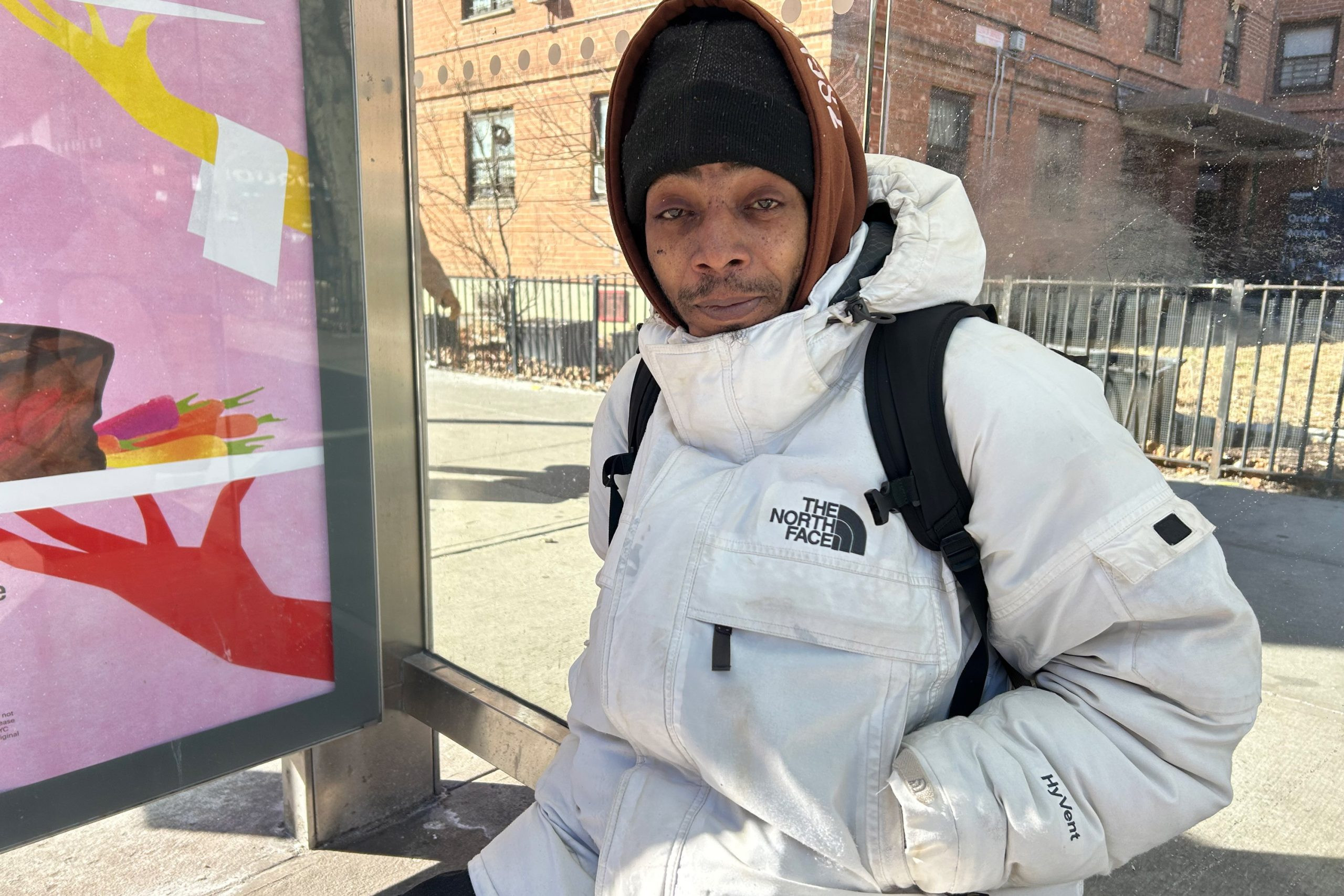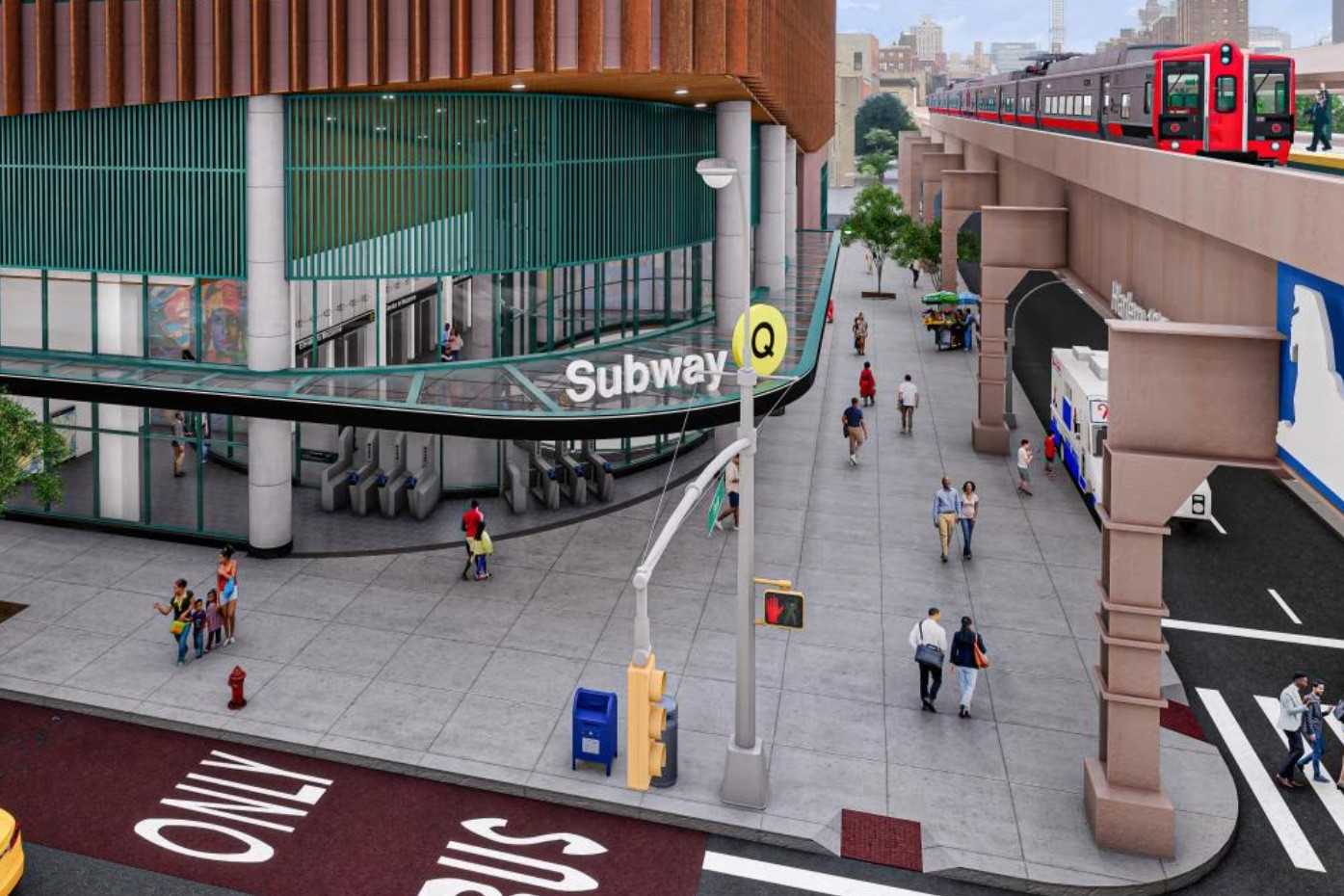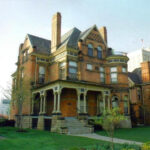The long-awaited expansion of the Second Avenue Subway, a critical project for New York City’s public transportation, is moving closer to reality. The recent implementation of congestion pricing in Manhattan is set to provide crucial funding for the Metropolitan Transportation Authority’s (MTA) ambitious plan to extend the Q line from the Upper East Side to Harlem. This expansion, officially known as the Second Avenue Subway extension, aims to significantly improve transit access for East Harlem residents.
Just days before congestion pricing took effect on January 5th, the MTA took a significant step forward, issuing a request for proposals. This RFP seeks firms to design, engineer, and construct the next phase of the Second Avenue Subway, specifically the extension of the Q line from 96th Street to 125th Street. The $6.9 billion project is heavily reliant on revenue generated from the new congestion tolls.
“The Second Avenue Subway is a landmark mass transit undertaking for the entire nation, and today, fueled by congestion pricing, it is advancing,” declared Jamie Torres-Springer, President of MTA Construction & Development, in a statement to THE CITY. He further emphasized the MTA’s commitment to efficient project delivery, stating, “MTA Construction & Development is committed to executing major projects like this with unprecedented efficiency and cost-effectiveness, ensuring every dollar contributes maximally to our mission.”
For residents of East Harlem, who currently depend heavily on buses or face lengthy walks to the Lexington Avenue subway line, the prospect of three new Second Avenue Subway stations at 106th, 116th, and 125th Streets has been met with renewed optimism.
“With the new tolls, driving has become quite challenging,” noted Malasia Apparicio, 30, near an M15 bus stop. “However, if this initiative leads to the Second Avenue Subway extension, it will bring immense convenience to us living in this neighborhood.”
Luis Martinez, 47, waiting for a southbound M15 bus at Second Avenue and 115th Street, echoed this sentiment. He expressed his willingness to endure the disruptions of construction in exchange for quicker commutes and a respite from the heavily congested Lexington Avenue line.
 East Harlem resident Luis Martinez awaits the M15 bus on Second Avenue, highlighting the need for the Second Avenue Subway extension.
East Harlem resident Luis Martinez awaits the M15 bus on Second Avenue, highlighting the need for the Second Avenue Subway extension.
“Construction will undoubtedly be a bit of a headache, but the end result will be welcomed by everyone,” Martinez predicted. “For seniors and individuals with disabilities, a subway line here would be transformative.”
The late December call for engineering firms, coupled with project site tours held on January 8th at 120th Street and Second Avenue, signify tangible progress for the Second Avenue Subway project. This progress comes after delays, including Governor Kathy Hochul’s temporary halt on congestion pricing in June. However, the MTA had already awarded an initial $182 million contract in January of last year for utility relocation work preceding the construction of the planned 106th Street station, demonstrating continued momentum even amidst funding uncertainties.
To maintain the momentum of utility relocation, Governor Hochul allocated $54 million in state funding in July, before reversing her stance on congestion pricing in November. This reversal cleared the path for the implementation of congestion tolls and the crucial funding stream for the Second Avenue Subway extension.
The anticipated revenue from vehicles tolled for entering Manhattan south of 60th Street will enable the MTA to fulfill funding requirements to match a significant $3.4 billion grant secured from the Biden administration in November 2023. This federal grant is pivotal for the Second Avenue Subway Phase 2 expansion in East Harlem.
Progressing Under and Through
According to MTA documents, proposals for tunneling and structural shell work are due by March 5th. Bidding is restricted to two pre-qualified joint-venture firms selected by MTA Construction and Development. The MTA anticipates awarding a contract for approximately four years by the third quarter of this year, marking a major milestone for the 2nd Street Subway project.
A key component of the project involves rehabilitating an existing, but unused, 1970s-era Second Avenue tunnel stretching from south of 115th Street to 120th Street. The northern end of this existing tunnel at Second Avenue will be demolished to facilitate the new construction.
Furthermore, tunnel boring machines will excavate new tunnels from Second Avenue and 120th Street westward to Malcolm X Boulevard and 125th Street. A large underground space will be created to house the 125th Street Q line station, designed to connect with the existing 125th Street stations serving the 4, 5, 6 lines and Metro-North, creating a major transit hub in Upper Manhattan.
“This is the progress we have been eagerly awaiting – contracts cannot be awarded without secure funding,” stated Lisa Daglian, Executive Director of the Permanent Citizens Advisory Committee to the MTA. “Now that the financial resources are becoming available, contract letting can proceed.”
The MTA is still in the process of acquiring properties along the extension route, a process that began with a federal environmental assessment completed in 2018. This assessment evaluated the project’s impact on various factors, including air quality, open space, and safety.
 Renderings unveiled by the MTA showcase the planned Second Avenue Subway extension to 125th Street, a key transit project funded by congestion pricing.
Renderings unveiled by the MTA showcase the planned Second Avenue Subway extension to 125th Street, a key transit project funded by congestion pricing.
An MTA spokesperson confirmed to THE CITY that property acquisitions are ongoing, with seven properties still needed for the 106th Street station and ten near the 116th Street stop. Acquisition of sites for the northern terminal at 125th Street, however, has been completed.
The initial phase of the Second Avenue Subway, encompassing stations at 72nd, 86th, and 96th Streets and a connection to the F line at Lexington Avenue-63rd Street, opened on New Year’s Day 2017.
This second phase of the Second Avenue Subway is the flagship project of the MTA’s 2020-2024 capital program. This ambitious five-year plan, exceeding $50 billion, aims to maintain and expand the city’s transit system. Congestion pricing has emerged as the critical funding mechanism to address a substantial funding gap that previously threatened the program’s viability.
Residents of East Harlem express hope that the extended wait for the Second Avenue Subway will ultimately prove worthwhile. Their neighborhood lost its elevated Second Avenue line in 1942, and the new subway extension promises to restore vital transit access.
“Now that funding is in place, they should finally complete it,” said Fred Latte, a lifelong East Harlem resident. “The Lexington Avenue train is overcrowded, and buses are packed with school children and commuters. Another subway line will be a tremendous benefit to our community.”


